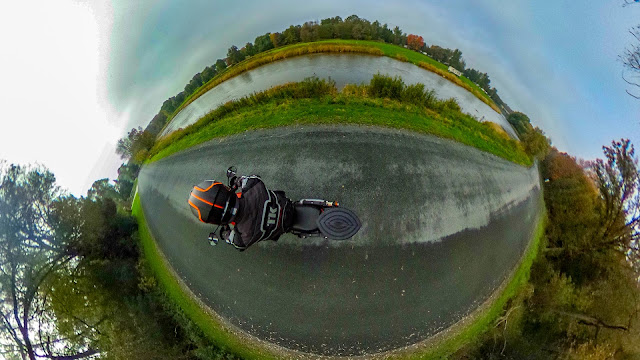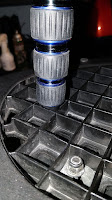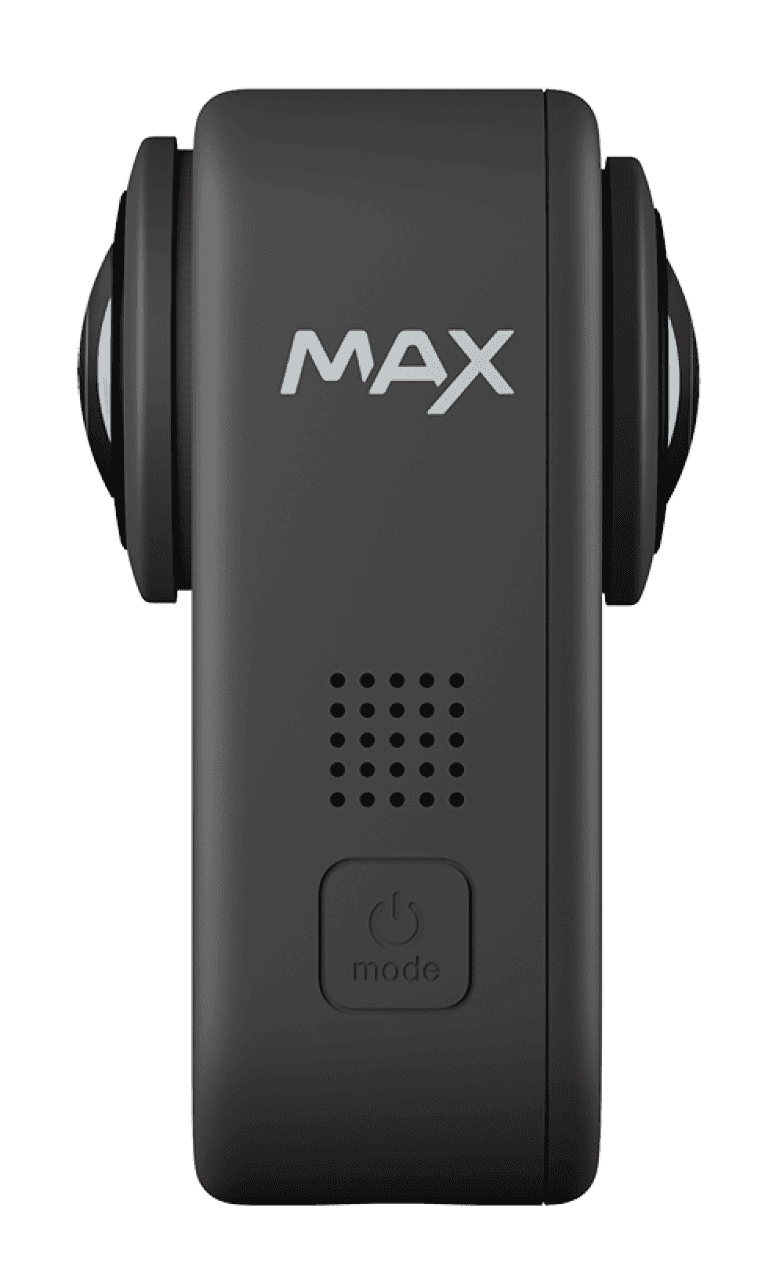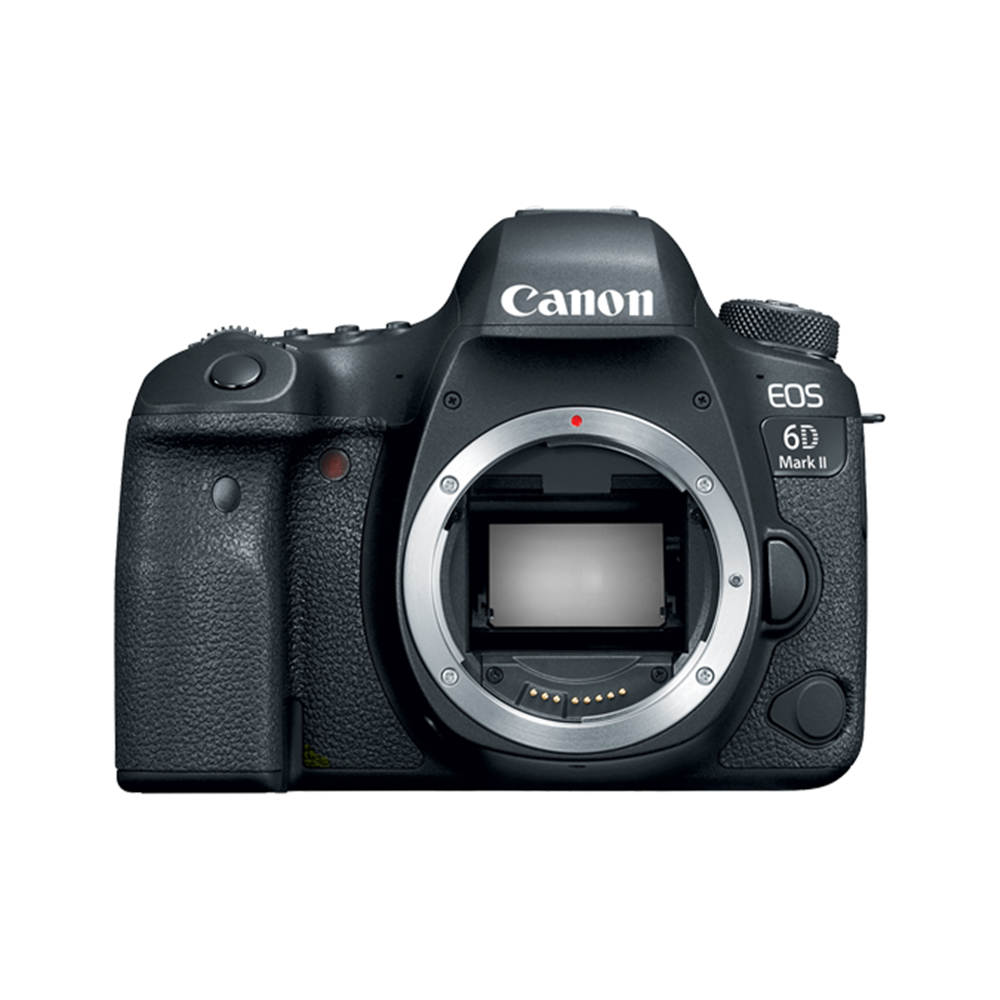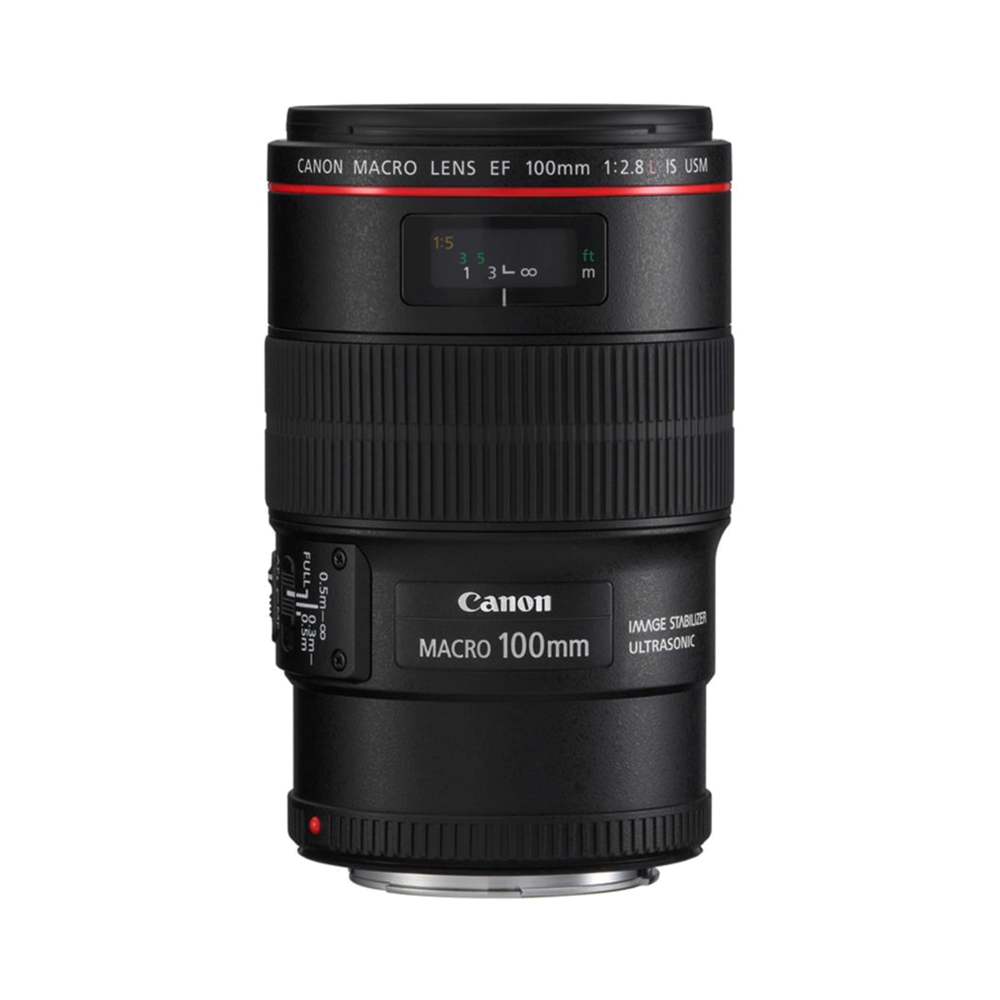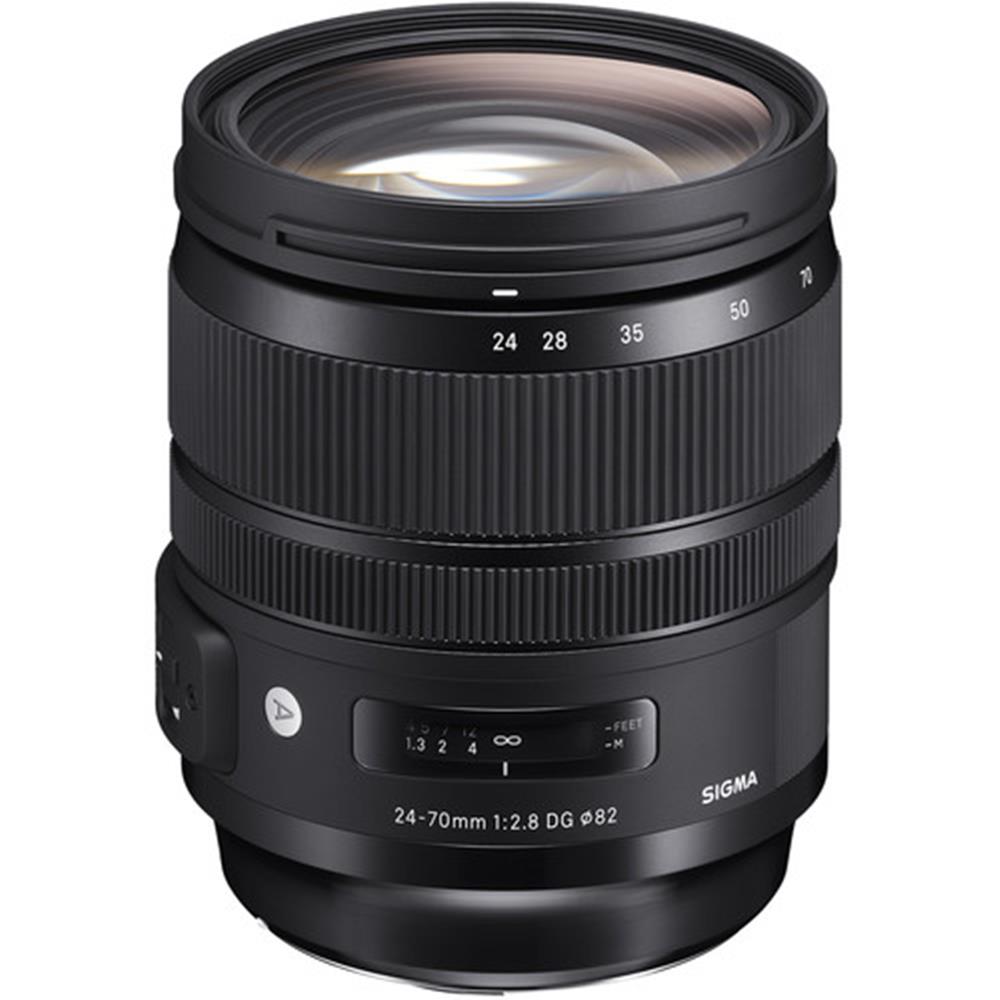| 2003: Faster, a good introduction to MotoGP |
Faster (2003) is a fast paced documentary with fantastic inside access to MotoGP. With long-form interviews with all the major names in the sport in the early 2000s, it offers you an accessible look at the sport.
I’ve been a Formula One fan since the early 1990s when I saw a rookie Michael Schumacher astonish in an inferior car. His race in the rain in Spain with only one gear cemented me as a fan. While I’ve always enjoyed the technology in F1 it’s the driving that really gets my attention. I’d much rather watch a Senna or a Villeneuve than a Prost or pretty much any of the modern crop of scientists at the wheel. I long for rain in a race not for accidents, but to see who can actually drive.
Faster showed me a sport where the human being is still the main element in creating speed. At one point one of the many interviewees said, “in MotoGP the rider is 80% of the equation and the bike is 20%, in Formula 1 it’s the other way round.”
After watching the last couple of seasons of Formula 1 I’m tempted to agree. Engineers practically drive the cars from the pits. Given the top car any one of the drivers would win with it. I’m no fan of Alonso, but he is a once in a generation talent, like Schumacher, or Senna, and he seldom lands anywhere on the grid except where his engineers place him. I’d love to see F1 with no live telemetry or radio contact, no driver aids and more open engineering options, but it’ll never happen. The F1 circus is on its way to Nascar – just a staged media event.
That 80/20 split is of much more interest to me as someone interested in how human beings and machines can combine into something magical. I really have no interest in seeing how quickly robots can travel around a track, it’s the human expression through machinery that fascinates me. It’s as apparent in comparing MotoGP to F1 as it is in driving a car or riding a bike on the road.
Maybe that’s the magic of this that I haven’t been able to articulate: motorcycling is complicated, challenging and offers you, the operator, a much more expressive means of interacting with your machine.




